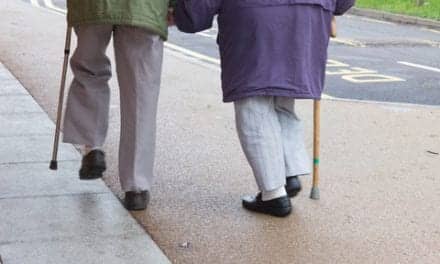Data presented at the Canadian Stroke Congress indicates that people who have had a stroke or transient ischemic attack (TIA) are at a high risk for a second similar event, or other severe medical problems, for at least 5 years. As such, proper follow-up and strategies are needed to prevent these problems. The research was done at the Institute for Clinical Evaluative Sciences (ICES) using data from the Ontario Stroke Registry (formerly known as the Registry of the Canadian Stroke Network) involving about 34,000 patients discharged from hospital following a stroke or TIA from 2003 to 2011, as indicated on a Heart and Stroke Foundation of Canada news release.
A news report from Science Daily notes that most stroke or TIA patients in Canada are followed closely by specialty clinics for about 90 days after an event, which is the period when a patient is at highest risk for a repeat event. The new study shows, however, that these patients have an almost 10% risk in the first year of having a repeat stroke, having a heart attack, dying, or being admitted to long-term care. In addition, over the long-term, this patient population remains at high risk. The Science Daily news report indicates that after 5 years, their risk of the events occurring was double that of individuals of the same age and sex who not have a stroke or TIA.
Ian Joiner, director of stroke for the Heart and Stroke Foundation, states, “If it’s not feasible, due to lack of resources, to follow patients longer in stroke clinics, we must do more to educate patients, their families and their family physicians and nurse practitioners to be more alert to the ongoing risks.”
Richard Swartz, MD, PhD, FRCPC, lead author of the study, says, “This high long-term risk was surprising and shows that we need to develop better strategies and interventions for these patients to prevent as many of these serious problems as we can.” Swartz adds, “We now need to identify ways to determine which people, among those who have made it through the riskiest period, remain most at risk for serious events so we can develop appropriate preventive interventions.”
Sources: Science Daily, Heart and Stroke Foundation of Canada





